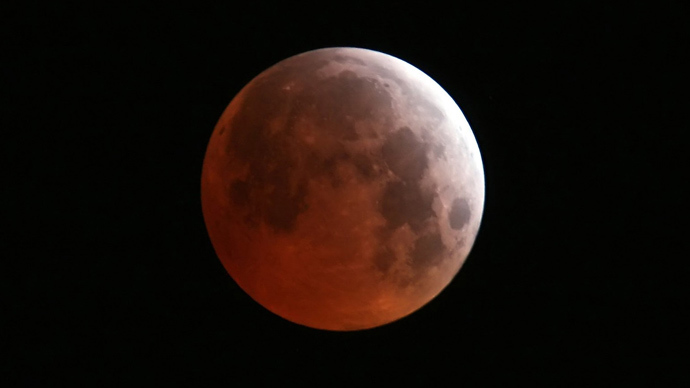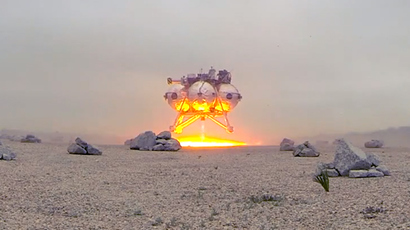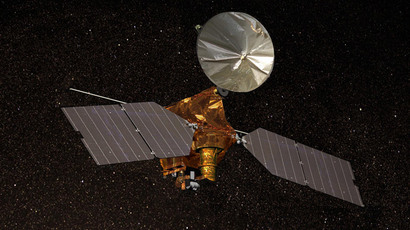'Blood Moon' is here: Rare lunar eclipse to be visible from Earth

For the first time in more than two years, Americans will have a chance to see a total lunar eclipse – an event made even more exciting by the fact that a very rare “blood moon” will also be viewable in the sky.
The lunar eclipse will begin early Tuesday morning at 12:53 a.m. EDT, when the Earth will start to move in between the sun and the moon. Once the moon becomes completely blanketed by the Earth’s shadow, however – around 3 a.m. – this eclipse will become even more interesting: the moon will be covered in a red or orange light.
Speaking with ABC News Digital, NASA scientist Michelle Thaller explained the phenomenon.
“The moon is going to line up in just the right angle to pass through the shadow of the Earth,” she said. “That's going to block the sun’s light from reaching the moon, and that means we’ll actually see the earth’s shadow creep across the full moon. At the deepest part of the eclipse, the moon does actually look red, it really does.”
“This is happening because the sunlight that’s reaching the moon is just the sunlight bending through the earth’s atmosphere,” she added. “The same reason that a sunset is red, the earth’s atmosphere scatters away blue light but lets red light through.”
Tuesday’s blood moon will mark the first of four that will occur over the next year and a half – a series of consecutive total lunar eclipses known as a “tetrad.”
As noted by NASA eclipse expert Fred Espenak, sometimes centuries can pass before a tetrad occurs, so the fact that one is about to unfold is a special occurrence – one that Americans should enjoy considering they’ll be able to see all four blood moons.
"The most unique thing about the 2014-2015 tetrad is that all of them are visible for all or parts of the USA," Espenak said in a statement.
According to CNN, blood moons will occur again this year on October 8 and next year on April 4 and September 28.














